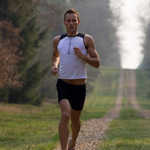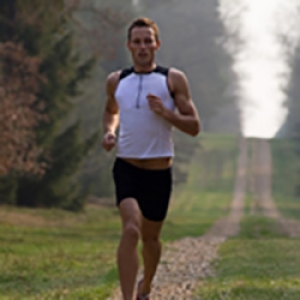Training for - and ultimately completing - a triathlon offers an opportunity to experience more than just a checkmark on your bucket list. You can lose weight, gain muscle, increase your confidence and even boost your mood. Even the most inactive or unfit people are able to meet this goal with a little bit of patience, willpower and training. If you are considering competing in a triathlon, be forewarned: They are addicting!
The first thing you need to do is decide on which type of triathlon you want to complete. Courses vary by distance, but the main types of triathlons are:
- Sprint - Great for beginners, sprint courses typically have a 1/2 mile swim, 13 mile bike ride, and 3.2 mile run.
- Olympic - The olympic distance is usually a .93 mile swim, 25 mile bike, and a 6.2 mile run.
- Ironman - An Ironman race is 2.4 mile swim, 112 mile bike, and a full 26.2 mile marathon run.
You will need basic equipment to train and compete in a triathlon. It’s essential that your equipment is the proper size and correct fit for you. Equipment includes:
- Swim suit and goggles

- A bicycle and helmet
- Cycling or tri shorts
- A water bottle
- A pair of good running shoes
Optional equipment includes clipless pedals, cycling shoes and a swimmer’s cap – handy if you have long hair.
A quick internet search for “triathlon training schedule” will provide you specific schedules on how long and often you should swim, bike or run, depending on what type of race you are interested in. Beginning a simple walk/run routine is usually the first step. It is important to start slow and let your body adjust to the new stresses that come with triathlon training. In addition to swimming, biking, and running, you will also benefit from a high repetition strength training program to strengthen your joints and tendons.
An important rule to follow when starting out with triathlon training is to never increase your duration or distance by more than 10% the following week. By conditioning your body and increasing activity in small increments, your overall performance will improve and you are less likely to experience pain or injury.
It is tempting to add more and more volume to your workouts when training for a triathlon, but don’t underestimate the power of rest. Time off from training allows your body to recover and build stronger. You need to incorporate sufficient rest periods throughout any training program you begin.
Photo Credit: http://www.active.com/triathlon/Articles/How-to-Train-for-a-Triathlon-From-Scratch.htm






